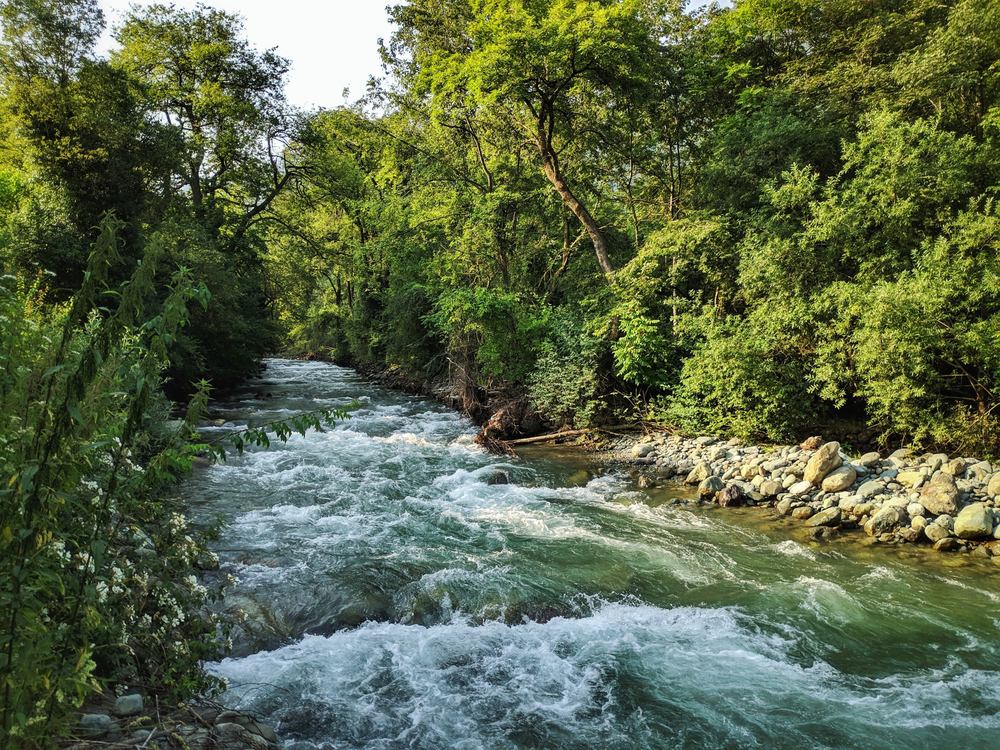Dachigam Overview
Dachigam National Park, located in the northern Indian state of Jammu and Kashmir, is a haven of natural beauty and biodiversity. Its name, which means “Ten Villages” in the local Kashmiri language, commemorates the ten villages relocated to create this protected area. Spanning approximately 55 square miles (141 square kilometers), Dachigam lies roughly 14 miles (22 kilometers) from Srinagar, the summer capital of Jammu and Kashmir, and is nestled in the foothills of the Zabarwan Range within the western Himalayas.
The park’s terrain is a remarkable tapestry of undulating meadows, rugged cliffs, and forested slopes, ranging in altitude from 5,500 feet (1,676 meters) to over 14,000 feet (4,267 meters) above sea level. Its lower altitudes are dominated by dense coniferous forests interspersed with grasslands, while the higher reaches boast alpine pastures, rocky outcrops, and pristine glacial streams. Marsar Lake, a stunning alpine body of water, adds to the park’s allure. The park’s landscape transforms with the seasons, from lush green in summer to snow-blanketed vistas in winter, offering a breathtaking visual experience year-round.
Dachigam is renowned for its rich biodiversity and is particularly celebrated for being the last stronghold of the endangered Hangul deer, also known as the Kashmir stag. This majestic animal, with its striking antlers, is a symbol of the park’s conservation efforts. Other notable mammals include leopards, Himalayan black bears, and the elusive snow leopard in the upper reaches. Smaller mammals like musk deer, langurs, and Himalayan marmots also thrive here. The park is a paradise for bird enthusiasts, with over 150 species recorded, including the colorful Himalayan monal, golden oriole, koklass pheasant, and Kashmir flycatcher.
Among the park’s highlights is the opportunity to observe wildlife in their natural habitat, especially the Hangul during its rutting season in autumn. Visitors also appreciate the serene trekking trails that traverse the park, allowing for immersive experiences in its diverse ecosystems. Birdwatching, nature photography, and guided eco-tours are popular ways to explore the park. The park’s accessibility and proximity to Srinagar make it a sought-after destination for day trips and longer eco-adventures.
Despite its beauty and significance, Dachigam faces conservation challenges, including habitat fragmentation, human-wildlife conflict, and the pressures of tourism. However, stringent management efforts by the Jammu and Kashmir Forest Department have seen notable successes, including the stabilization of the Hangul population through habitat restoration and anti-poaching initiatives. Continued conservation education and community involvement aim to sustain these achievements and preserve Dachigam’s unique natural heritage.










































































